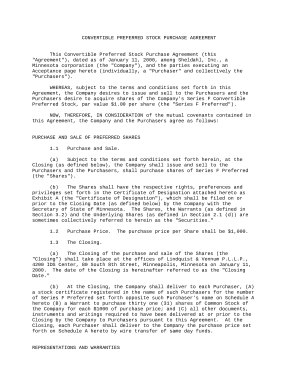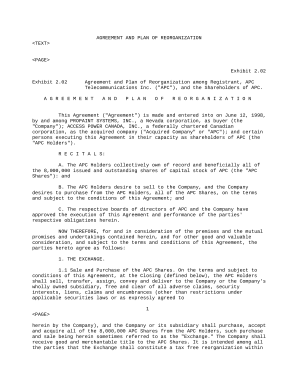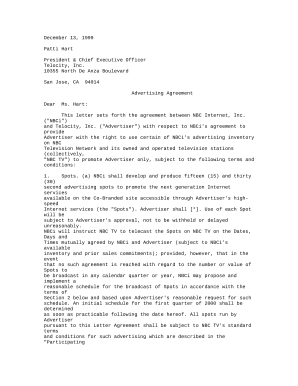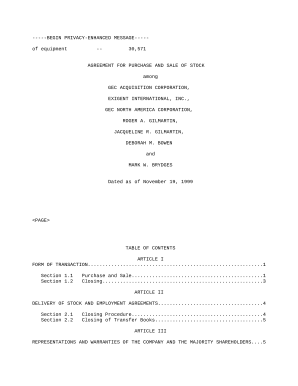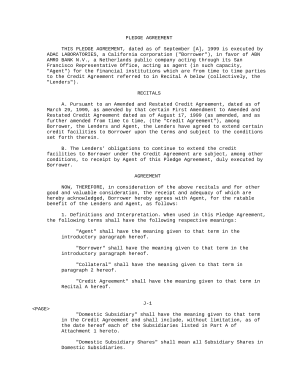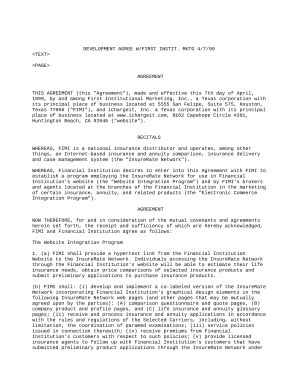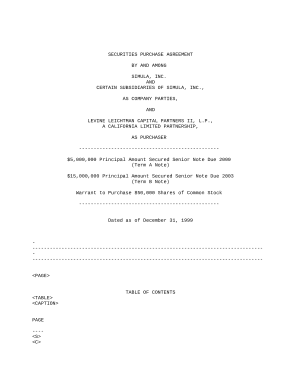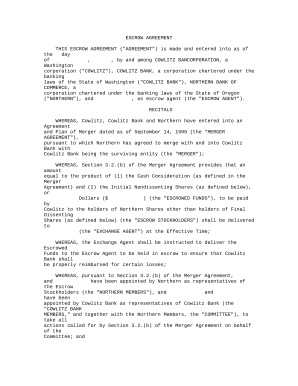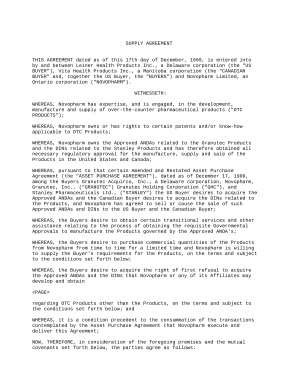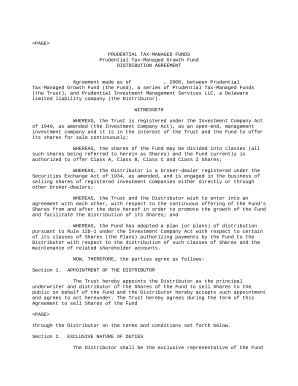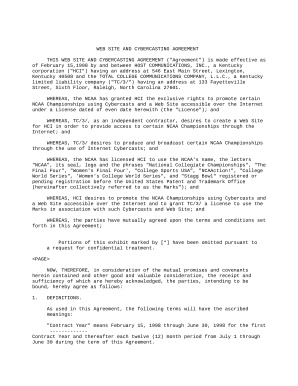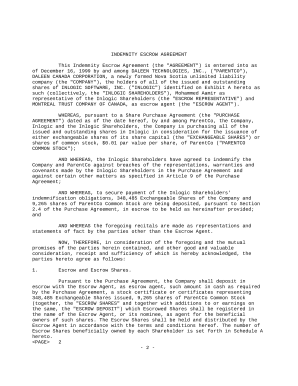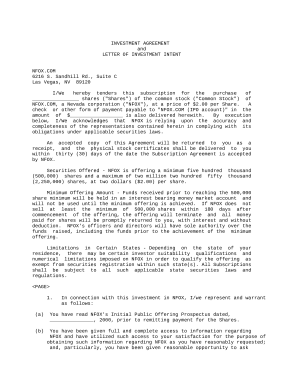Supercharge your productiveness with Public Corporations Forms
Record managing occupies to half of your business hours. With DocHub, you can easily reclaim your time and improve your team's productivity. Access Public Corporations Forms collection and discover all templates related to your daily workflows.
Easily use Public Corporations Forms:
- Open Public Corporations Forms and employ Preview to get the suitable form.
- Click on Get Form to start working on it.
- Wait for your form to upload in the online editor and begin modifying it.
- Add new fillable fields, icons, and images, change pages order, etc.
- Complete your document or prepare it for other contributors.
- Download or deliver the form by link, email attachment, or invite.
Improve your daily document managing using our Public Corporations Forms. Get your free DocHub profile today to explore all templates.

